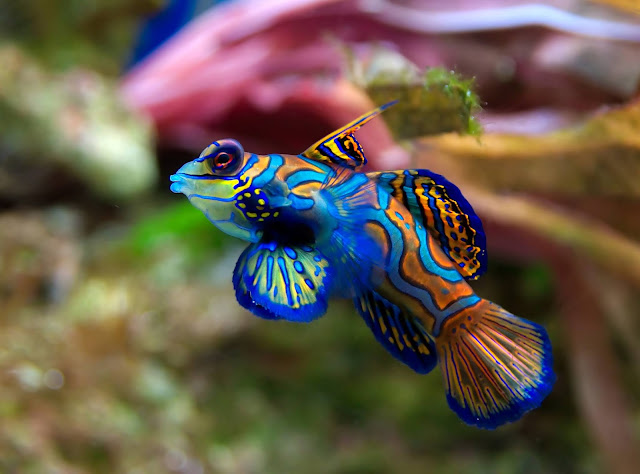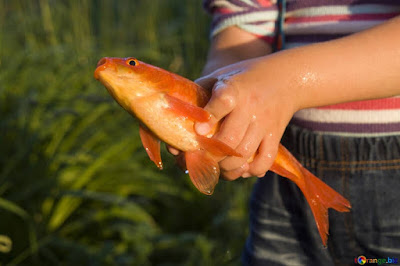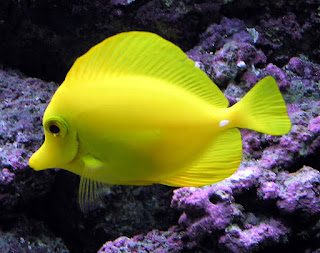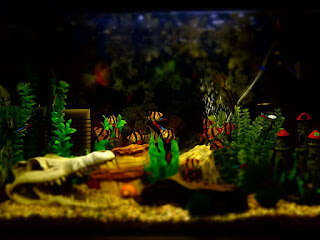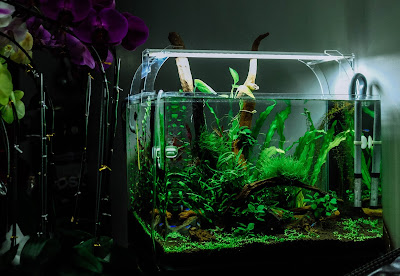Presently everything is prepared to set up the aquarium, for this work we will require different things, for example, sand, rocks and so on. These will be passing with all together. For making a base soil, you need, above all else some sand, the most appropriate is called 1/sixteenth grade and it is about the size of the normal pin-head:
The rock to be utilized should likewise be reviewed; that is, the gram must be of uniform size. Sand and rock's sold in aquarium supply stores are constantly evaluated, yet on the off chance that you purchase somewhere else they may nor be. Rock grains 2-5 mm work best.
In the event that you don't utilize anything, however sand, it must be all around washed-in basins, under running water until not any more soil or froth rises to the top - and saved out on the base of the tank in a layer running from 3-6 cm thick slanting upwards from front to back. On the off chance that you choose to blend the sand in with rock to make in any event a layer 6 cm profound on the sub gravel channel since not as much as this sum diminishes the sifting limit of the tank.
Your tank is the fundamental component, and is of the most significant in building an aquarium. The size of the tank relies upon the number and size of fish you intend to have in it. That is the reason legitimate arranging is very fundamental when you need to set up aquarium.
Yet, at that point it is essential to cause it as large as you to can bear. By all methods keep away from a globe tank however much as could be expected. Square shape is in every case great due to different reasons you will find later.
Choice 1: You can purchase instant glass tanks previously fixed expertly set up aquarium tank at any aquarium store.
Alternative 2: Buy instant plastic models through merchants or shape expulsion producers and set up your aquarium tank yourself. The following are the devices you need and the means you have to take to set up totally new aquarium tank:
Apparatuses:
- Sheet of glass (4 mm to 12 mm)
- Silicone sealant (clear and straightforward)
- Silicone weapon or (syringe)
- Dulling oven
- Tape rule
- Sheet of paper, ruler, pencil and eraser
- napkin ( x2 )
- paper
- hand glove (elastic sort)
- mentholated soul
- sharp edge
- blade
- latrine cleanser and cleanser case
- covering tape
- level seat (made with pressed wood)
- 1/4 blaze
- water and siphon hose
- containers (x2)
- polythene sheet about the size of the table
Other than that, I'll give you my 12 basic aquarium tips beneath is an extraordinary beginning on your approach to having a wonderful aquarium brimming with glad and well being fish that you can be pleased with:
1. Area of the tank in a spot which is sans draft and has a moderate measure of light for 8 to 10 hours. This will guarantee the well being of the tank and the occupants.
2. Area of the aquarium tank where water spillage daily will do no harm, at a tallness helpful for working, and in a spot where it won't need to be moved.
3. Appropriate sand rock (not very huge, not very fine).
4. Adapted water - liberated from chlorine, soil, abundance hardness, overabundance acridity, or abundance alkalinity. Hard, acidic, grimy water isn't appropriate for an aquarium. It will make life awkward for fish and prompts steady fish passing.
5. Accessibility of plants appropriately place is exceptionally fundamental.
6. Legitimate, even temperature for the fish species.
7. Enrichment and outfitting in the event that you want them.
8. Air circulation to supply extra oxygen.
9. Filtration to evacuate overabundance's squander items.
10. Fish which will live calmly together.
11. Nourishment to keep them well being.
12. Packs and utensils to make upkeep simple.



